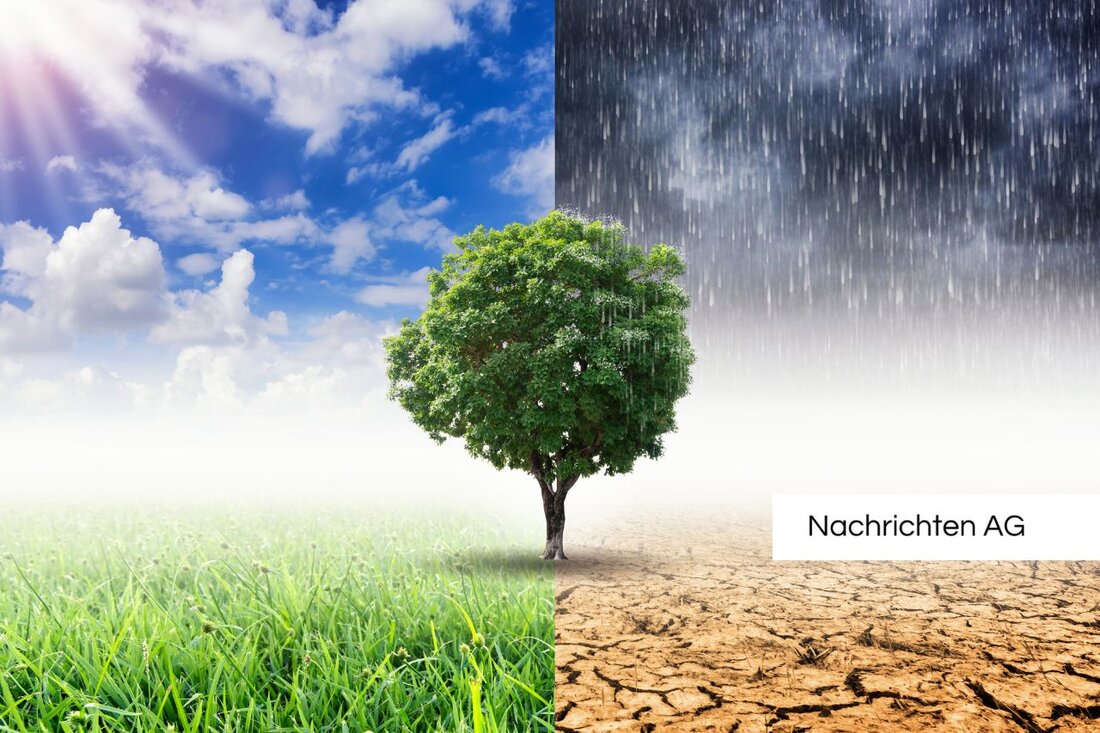Great re -relapse in the Harz: 130 million for green future!
Great re -relapse in the Harz: 130 million for green future!
Harz, Deutschland - On July 14, 2025, significant decisions for the forests in the Harz Mountains made in force. The Board of Directors of the Lower Saxony State Forestry (NLF) decided on the comprehensive "Program for Return and Forest Development Harz" (WBP Harz). This project is one of the largest nature recovery projects in Lower Saxony and is supported by the state government with a sum of 130 million euros. The goal? Over 270 square kilometers of dead spruce monocultures are to be reforested sustainably, which corresponds to more than half of the Lower Saxony state forest in the Harz
NABU Niedersachsen and numerous other players support the ambitious program to restore the Harzwaldes. An essential aspect of the WBP Harz is the increase in deciduous forest shares to 58 percent and the deciduous trees to about two thirds of the total stock. In the mountain forests of the Harz Mountains, the beech is said to become the most important tree species, while spruce in high locations are still preserved about 28 percent of the needle forest.
natural diversity and resilience
As part of the Reforestation, those responsible rely on a varied vegetation mosaic. Pioneer tree species such as rowan berry, birch, salt pasture and Espe are integrated to promote biodiversity. Mixed tree species such as mountain haorn and grape oak are to be promoted to strengthen the resilience of the forests compared to climate change and not only keep the resin ecologically but also for tourism.
The program provides for over 20 percent of the relapse areas to be developed by natural succession. The premiere of the "drought-standing concept" plays a central role here, which promotes structure and dead wood. With the help of measures to improve natural soil fertility, especially humus, future challenges should be mastered better.
forest conversion and climate adjustment
Another important point is the forest conversion from income and monocultures towards species-rich mixed forests. This strategy is intended to help increase the resilience and adaptability of our forests. As the Fraunhofer wki simulate the forest development in the Harz for the next 40 years. The medium and long-term effects on wild animals, forestry companies, wood usage, tourism and society play a major role. The focus is also on the use of hardwood types for industrial production, for example to optimize the quality of wood materials such as OSB and LVL.
These comprehensive plans underline the commitment to conversion and adaptation of the forest ecosystems to climate change. The increasing resilience and the preservation of the diverse usage, protection and recreational functions are of great importance for the future of our forests.
| Details | |
|---|---|
| Ort | Harz, Deutschland |
| Quellen | |


Kommentare (0)